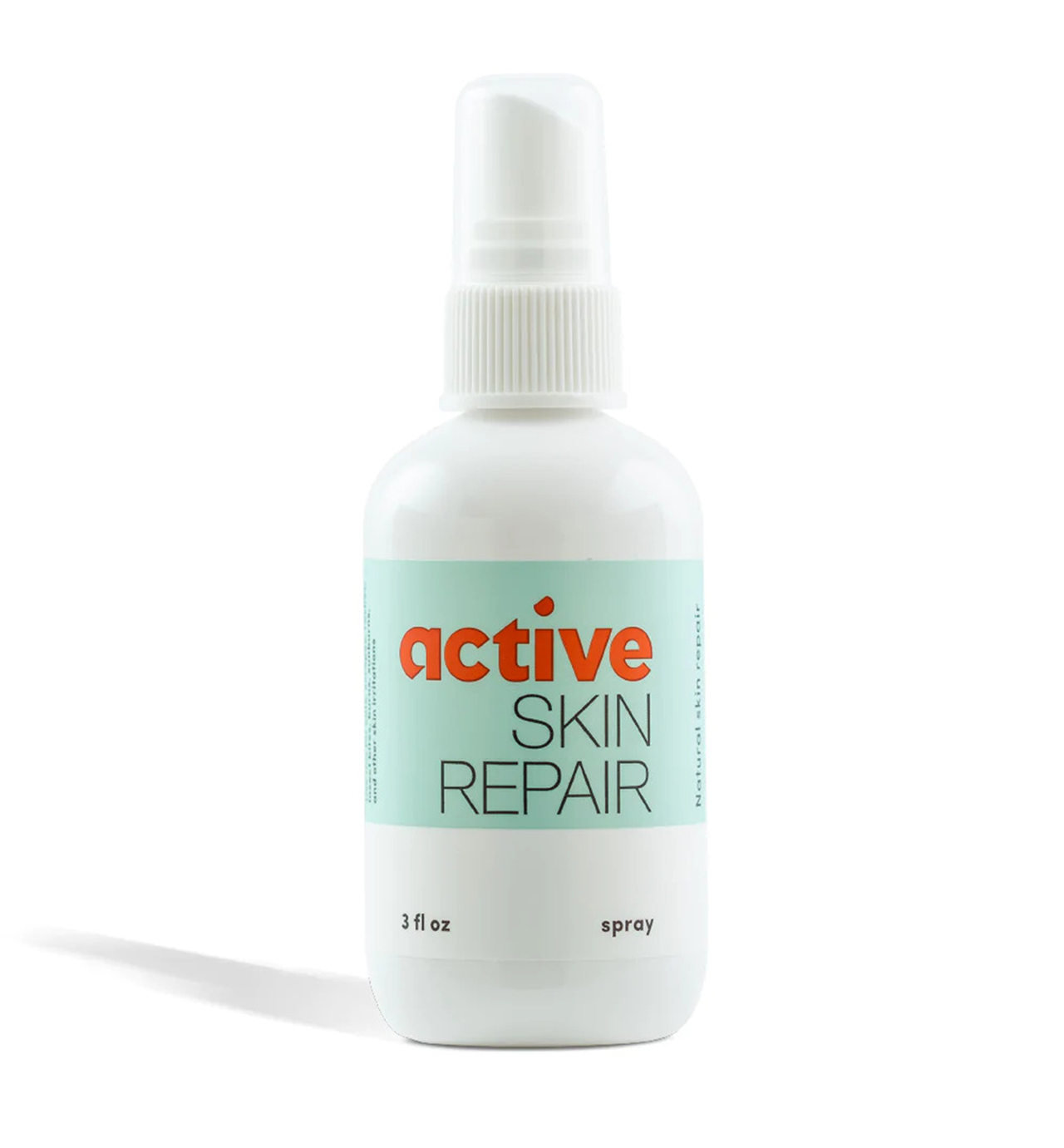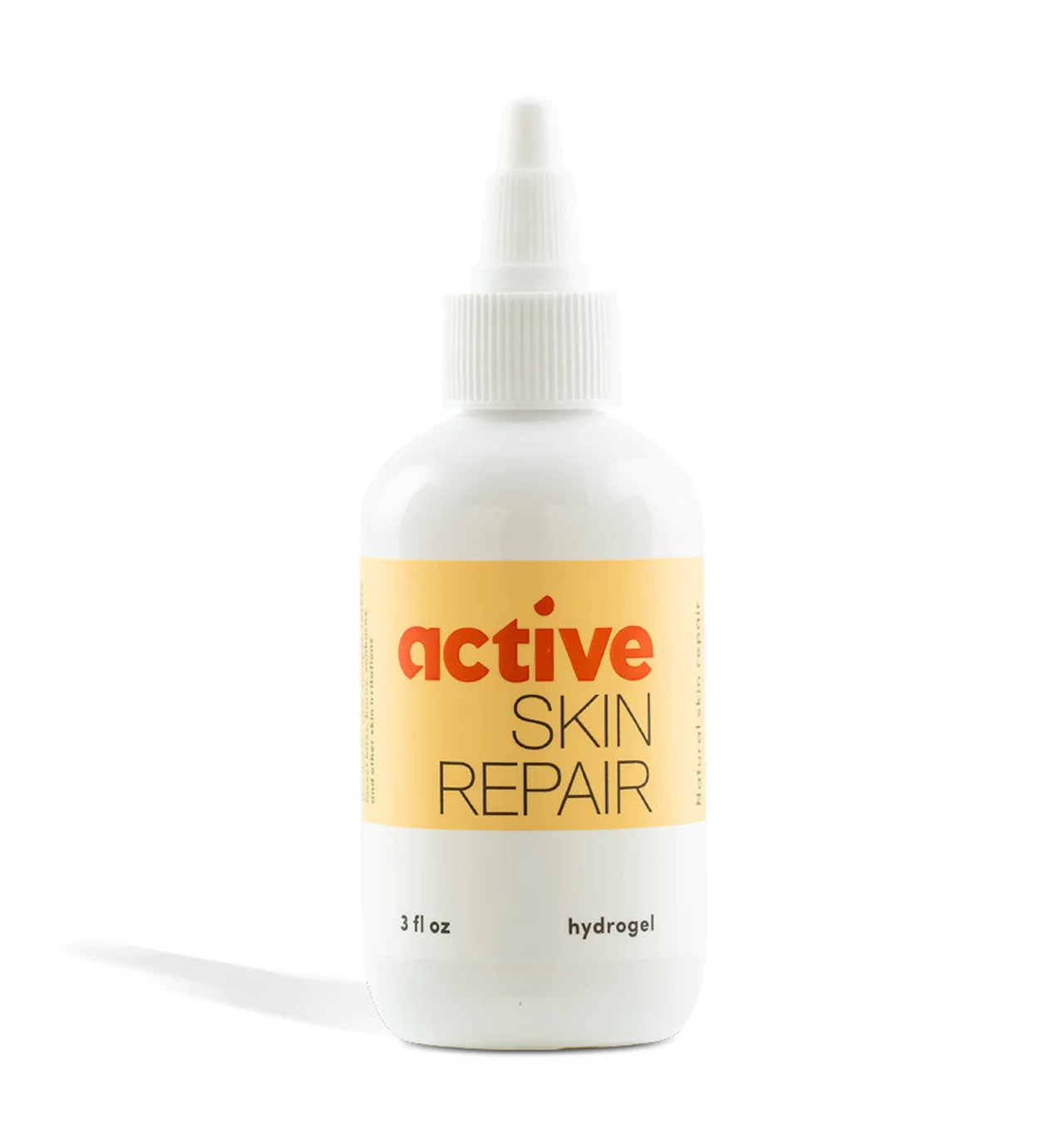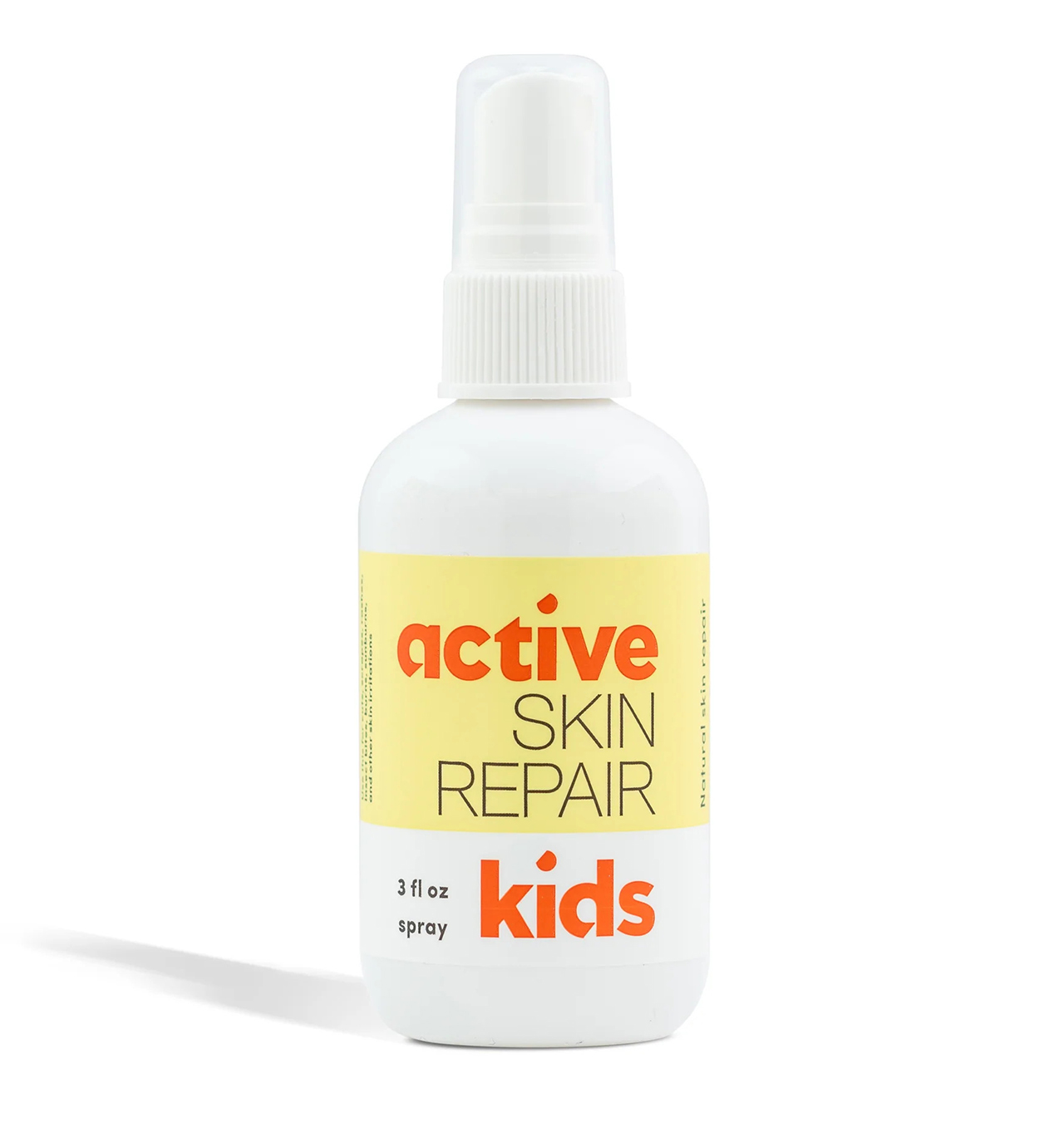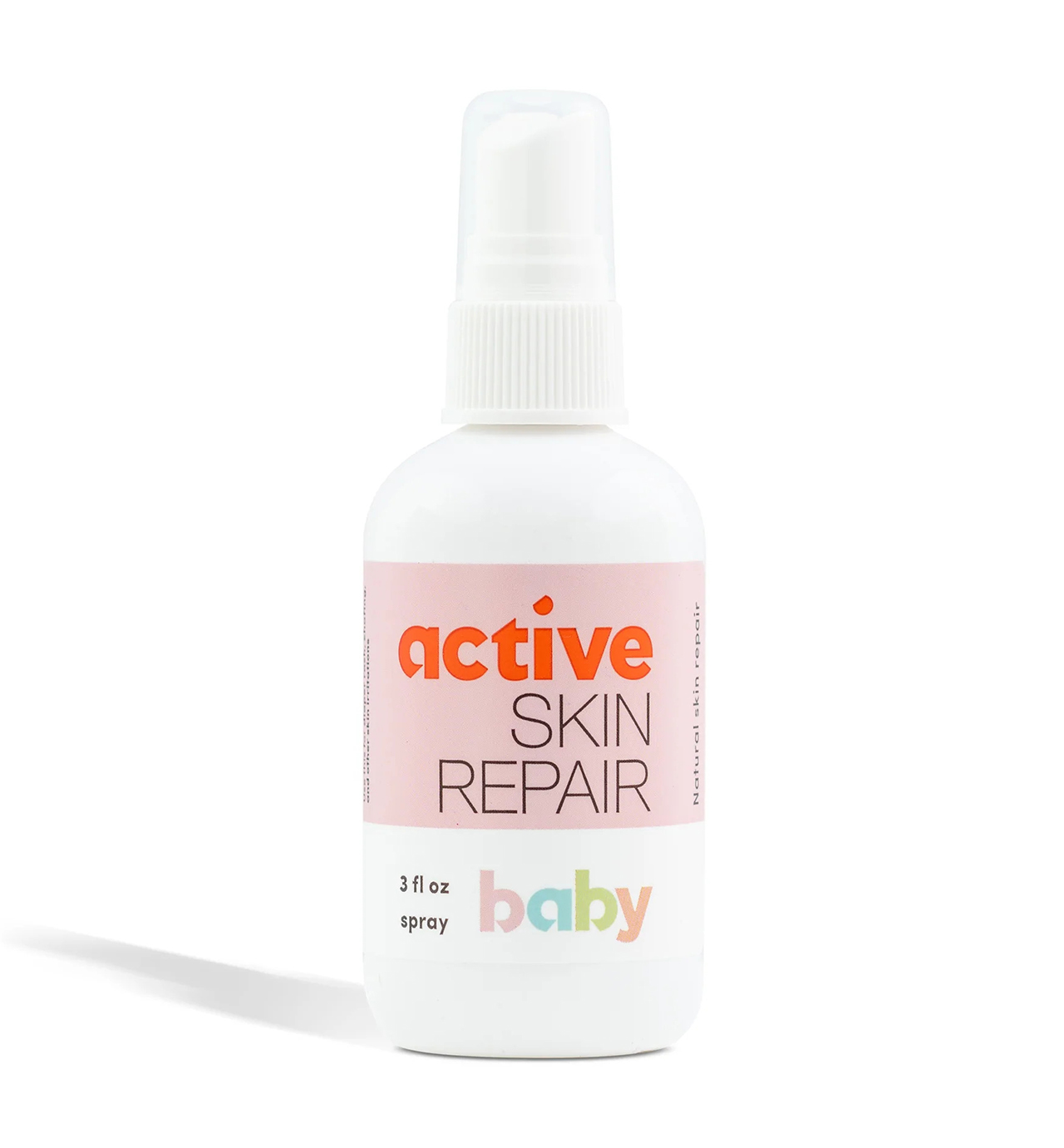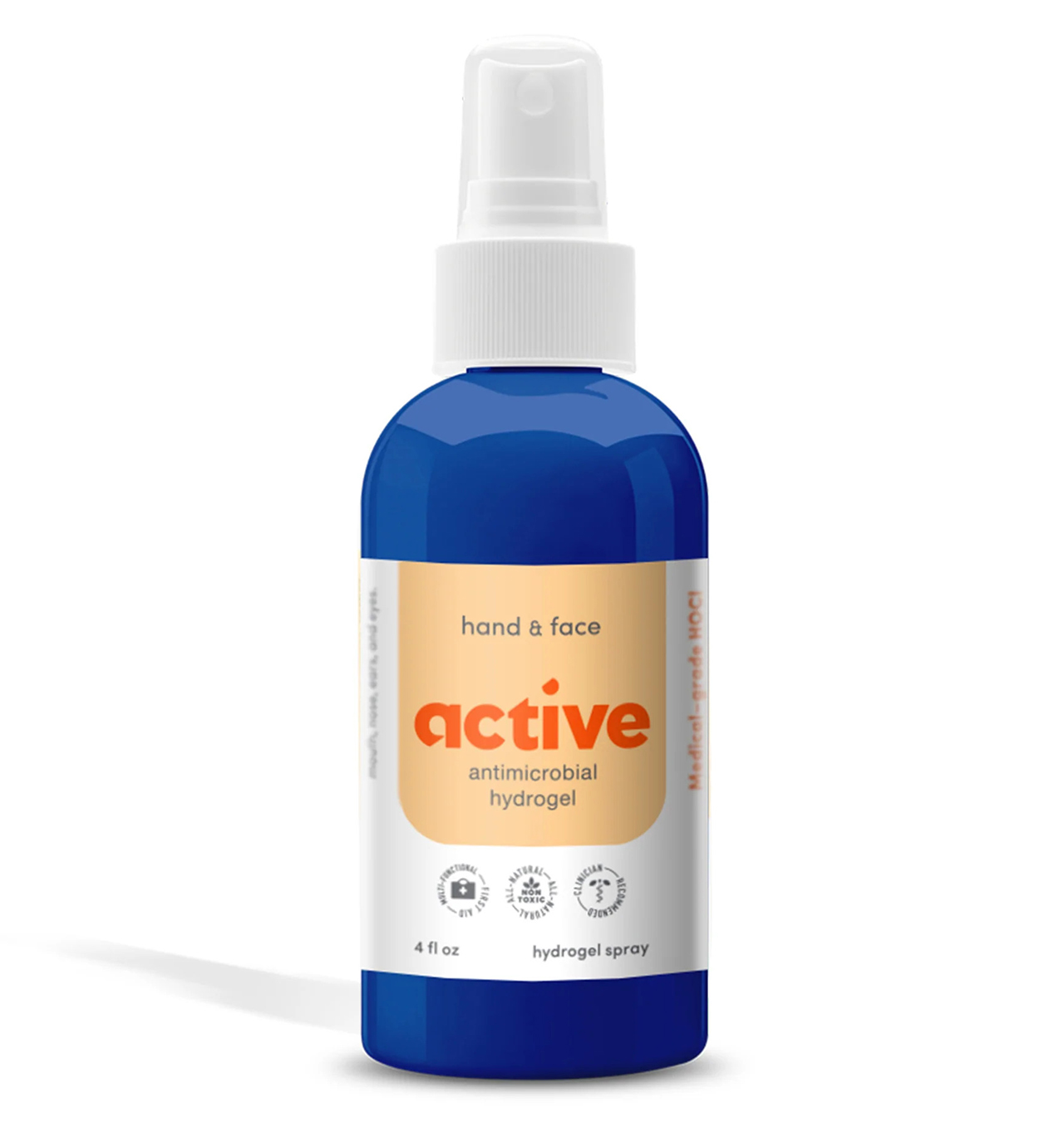Living with eczema can be challenging, but there’s hope. The use of Topical Corticosteroids for Eczema: Relief and Control has revolutionized the management of this condition, providing a pathway to alleviate discomfort and regain control over one’s skin health. In this comprehensive guide, we will delve into the world of topical corticosteroids, understanding how they work, their benefits, and how they can be effectively integrated into your eczema management routine.
Topical Corticosteroids for Eczema: Relief and Control
Dealing with eczema can be both physically and emotionally taxing. The relentless itching, inflammation, and irritation can disrupt daily life and erode one’s self-confidence. However, the introduction of topical corticosteroids has changed the game for eczema sufferers. These medications, available in various strengths and forms, provide targeted relief by reducing inflammation, itching, and redness.

How Do Topical Corticosteroids Work?
Topical corticosteroids are designed to mimic the effects of natural corticosteroids produced by the body’s adrenal glands. When applied to the affected skin, they penetrate the layers, acting on the immune response. They reduce inflammation by suppressing the immune system’s activity, effectively calming down the irritated skin cells and mitigating the hallmark symptoms of eczema.
The Spectrum of Potency
Not all topical corticosteroids are created equal. They come in different potencies, ranging from mild to high. Low-potency creams are suitable for delicate areas like the face, while high-potency options are reserved for severe flare-ups on tougher skin. This targeted approach allows for tailored treatment, ensuring optimal relief without unnecessary side effects.
Balancing Relief and Long-Term Use
While topical corticosteroids offer respite from eczema’s discomfort, it’s essential to strike a balance between relief and long-term use. Prolonged use of potent corticosteroids can lead to thinning of the skin, discoloration, and other side effects. Consulting a dermatologist helps establish a treatment plan that maximizes benefits while minimizing risks.
How to use topical corticosteroids effectively
Harnessing the potential of topical corticosteroids requires a strategic approach. Here are some expert tips to ensure you make the most of these treatments:
- Consult Your Dermatologist: Seek professional guidance to determine the appropriate potency and application frequency for your specific eczema type and severity.
- Patch Testing: Perform a patch test before applying any new corticosteroid to identify potential adverse reactions.
- Follow Application Instructions: Apply a thin layer to the affected area and gently massage it in. Avoid over-application, as it won’t expedite healing.
- Moisturize: Apply a fragrance-free moisturizer to lock in the corticosteroid and maintain skin hydration.
- Time it Right: Apply corticosteroids after cleansing and moisturizing. This helps the medication penetrate effectively.
- Consistency is Key: Adhering to the prescribed regimen ensures consistent relief and prevents flare-ups.
- Monitor for Side Effects: Keep an eye out for any signs of skin thinning, increased redness, or irritation. If noted, consult your dermatologist promptly.
- Avoid Abrupt Discontinuation: Gradually taper off corticosteroid use to prevent rebound flares.

Side effects of topical corticosteroids –
A prevalent adverse effect of topical corticosteroids is a sensation of burning or stinging upon application of the medication. Here are the side effects of topical corticosteroids:
– Thinning of the skin
– Skin discoloration
– Stretch marks
– Acne
– Excessive hair growth
– Skin irritation or burning sensation
– Skin infections
– Allergic reactions
– Increased blood pressure and blood sugar levels (when used over a large area)
Withdrawal side effects
The withdrawal side effects of topical corticosteroids can vary depending on the strength and duration of usage. Some common withdrawal symptoms include:
1. Redness and irritation: The skin may become red, inflamed, and itchy during the withdrawal phase.
2. Rash flare-ups: The original condition being treated with the corticosteroid may return or worsen temporarily after discontinuing its use.
3. Burning or stinging sensation: The skin may feel hot, sensitive, or painful during withdrawal.
4. Rebound effect: In some cases, the original condition being treated may rebound and become more severe than before the corticosteroid was used.
5. Skin thinning: Long-term use of potent corticosteroids can lead to thinning of the skin, which may become more apparent during withdrawal.
6. Hypopigmentation or hyperpigmentation: Topical corticosteroids can sometimes affect skin pigmentation, leading to areas of lighter or darker skin during withdrawal.
7. Dryness and flaking: The skin may become dry, tight, and flaky as the withdrawal progresses.
Reporting side effects
Some common reporting side effects include:
– Redness or irritation at the application site
– Itching or burning sensation
– Dry or cracked skin
– Thinning or peeling of the skin
– Formation of stretch marks
– Excessive hair growth
– Skin discoloration
– Allergic reactions like hives or rash
– Worsening of existing skin conditions
– Eye irritation or blurred vision if applied near the eyes
Frequently Asked Questions (FAQs)
Q: Can topical corticosteroids cure eczema?
A: While they can’t cure eczema, they effectively manage symptoms, providing relief and improving skin quality.
Q: Are topical corticosteroids safe for children?
A: Yes, when used as directed by a healthcare professional. Mild formulations are often recommended for pediatric patients.
Q: Will corticosteroids make my skin thinner?
A: Prolonged use of potent corticosteroids can lead to skin thinning. It’s crucial to follow your dermatologist’s guidance.
Q: Can I use topical corticosteroids on my face?
A: Yes, but opt for milder formulations. Facial skin is delicate and more susceptible to side effects.
Q: How long should I use corticosteroids?
A: Your dermatologist will determine the duration based on your condition. Long-term use should be monitored closely.
Q: Are there natural alternatives to corticosteroids?
A: While there are natural options, they may not provide the same level of relief as corticosteroids. Consult your dermatologist for guidance.
Conclusion
Topical Corticosteroids for Eczema: Relief and Control offer a beacon of hope for those struggling with the challenges of eczema. Their targeted approach to symptom management has transformed the lives of countless individuals, providing relief from itching, redness, and inflammation. By understanding the different potencies, applying them effectively, and partnering with a dermatologist, you can take control of your eczema journey. Remember, achieving healthy skin is a partnership between you and modern medicine.
